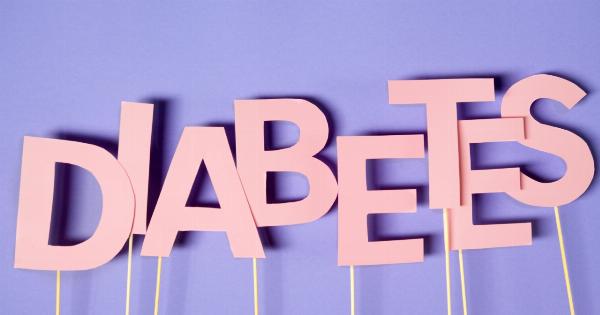Each year, millions of people around the world suffer from strokes, a serious and potentially life-threatening medical condition.
In an effort to raise awareness about strokes and the importance of prevention, World Stroke Day is observed on October 29th. This article aims to provide you with information about brain attacks, their causes, symptoms, treatment options, and preventive measures.
1. Understanding Strokes
A stroke, also referred to as a brain attack, occurs when the blood supply to the brain is disrupted. This can happen when a blood vessel supplying the brain either bursts or is blocked by a blood clot.
2. Ischemic Stroke
The most common type of stroke is known as an ischemic stroke. It occurs when a blood clot blocks an artery that supplies blood to the brain. Ischemic strokes account for approximately 87% of all stroke cases.
3. Hemorrhagic Stroke
A hemorrhagic stroke, on the other hand, occurs when a weakened blood vessel ruptures, causing bleeding into the brain. Although less common than ischemic strokes, hemorrhagic strokes are often more severe and have higher mortality rates.
4. Warning Signs and Symptoms
Recognizing the warning signs and symptoms of a stroke is crucial for seeking immediate medical attention and minimizing potential brain damage.
Common symptoms include sudden weakness or numbness in the face, arm, or leg, difficulty speaking or understanding speech, severe headache, and abrupt vision problems.
5. FAST: An Acronym for Stroke Recognition
A useful acronym to remember the warning signs of a stroke is FAST:.
- Face drooping: Ask the person to smile and check for any drooping on one side.
- Arm weakness: Ask the person to raise both arms and observe if one arm drifts downward.
- Speech difficulty: Have the person repeat a simple sentence and listen for slurred or strange speech.
- Time to call emergency services: If any of the above symptoms are observed, it’s essential to call for emergency medical help immediately.
6. Risk Factors
Several risk factors increase the likelihood of experiencing a stroke. These include:.
- High blood pressure: Hypertension is the leading risk factor for strokes.
- Smoking: Cigarette smoking significantly increases the risk of stroke.
- Diabetes: Individuals with diabetes are at a higher risk of developing stroke.
- Obesity: Maintaining a healthy weight reduces the risk of stroke.
- Physical inactivity: Lack of exercise can increase the chances of stroke.
- High cholesterol levels: Elevated cholesterol levels contribute to the development of plaque in the arteries, leading to stroke.
7. Prevention and Lifestyle Modifications
Fortunately, strokes can often be prevented through certain lifestyle modifications. The following steps can significantly reduce the risk:.
- Quitting smoking and avoiding second-hand smoke.
- Eating a healthy diet rich in fruits, vegetables, whole grains, and lean proteins.
- Maintaining a healthy weight and incorporating regular physical activity into your routine.
- Limiting alcohol consumption.
- Controlling and managing underlying health conditions like high blood pressure, diabetes, and high cholesterol.
8. Medical Treatment and Recovery
If someone experiences a stroke, seeking immediate medical attention is crucial. Treatment options depend on whether the stroke is ischemic or hemorrhagic.
Ischemic strokes are commonly treated with medication to dissolve blood clots or procedures to remove or bypass the clot. Hemorrhagic strokes often require surgery to repair blood vessels or stop bleeding.
Recovery from a stroke can be a long and challenging process. Rehabilitation programs involving physical therapy, speech therapy, and occupational therapy are essential for regaining lost functions and improving overall quality of life.
9. The Importance of World Stroke Day
World Stroke Day provides a global platform to educate individuals about stroke prevention, recognition, and treatment.
By raising awareness and sharing vital information, we can work towards reducing the incidence of strokes and improving outcomes for stroke survivors.
10. Conclusion
Strokes are a leading cause of death and disability worldwide, but many cases can be prevented by understanding the risk factors and making necessary lifestyle changes.
Recognizing the warning signs of a stroke is vital, as early intervention significantly improves the chances of recovery. On World Stroke Day, let us join hands to increase awareness about strokes and prioritize our brain health through healthy habits.






























